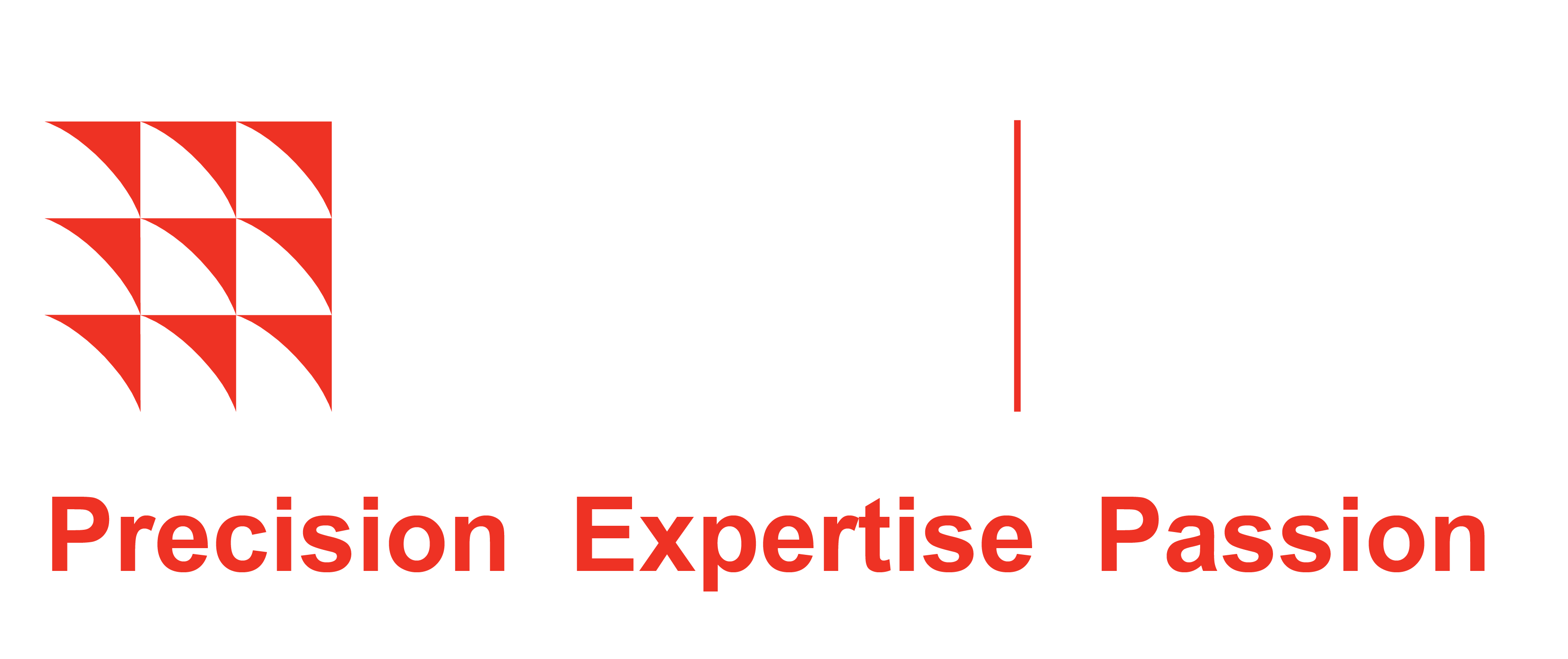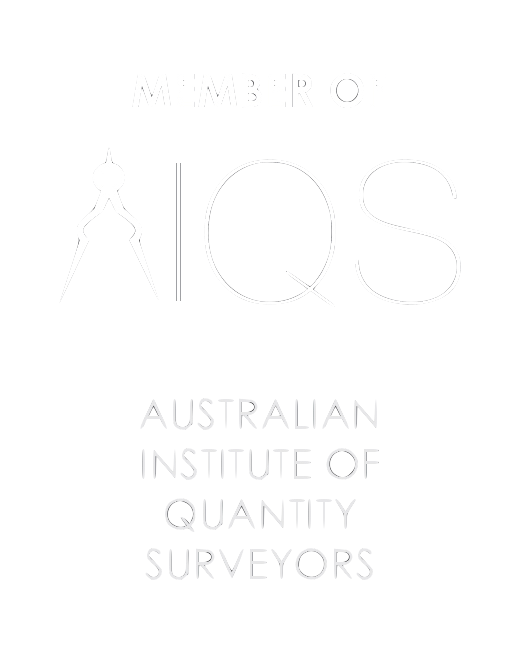Value Management and Value Engineering are terms that are often perceived as interchangeable, as being the same process. They are often associated with the stigma of “cost cutting” because the project is “over budget”, reluctantly creating the need to sacrifice or compromise targeted vulnerable aspects of the design / project. This often leads to disappointment, and a perceived less than desirable outcome functionally, operationally, physically, aesthetically, etc. for the various stakeholders.
Value Management and Value Engineering are two distinctly different processes and go hand in hand with each other to achieve improved design, value, and quality by eliminating the unnecessary that can create unnecessary costs.
Value Management should be adopted from the very early stages of the project.
AS4183 describes Value Management as “a structured and analytical process which follows a prescribed work plan to achieve best value, or best value for money.”
Value management, in the initial stages of the project allows for the exploration of the project’s objectives / aspirations (Brief)
The process involves establishing stakeholders requirements, and clarifying what are wants and needs.
Value for the stakeholders may exist in use / function or purpose, benefits, and /or importance. This is vastly different to Value for Money which looks at up-front costs, recurrent costs, which can include maintenance/ repairs/replacement, costs to use/operate, and logistics. This leads to the next step of Value Engineering.
Value engineering is the adoption of a systematic approach intended to preserve the functions of the systems / design / project and not put them at risk, or compromise them in pursuit of only reducing cost.
The process asks what function does a component of the design perform, and how else can it be achieved, optimising the balance of importance, purpose, benefits, risks, performance, and costs by looking at alternatives / options.
This can achieve improved design, value, and quality, eliminating that which can create unnecessary costs.
The process analyses design, buildability, systems, operations, equipment, selection of materials, fit for purpose, performance, quality, reliability, and safety, etc.
To discuss how we can assist you, contact us today.
[dt_default_button link=”http://www.pepsolutions.com.au/contact/” button_alignment=”default” animation=”fadeIn” size=”small” default_btn_bg_color=”” bg_hover_color=”” text_color=”” text_hover_color=”” icon=”fa fa-chevron-circle-right” icon_align=”left”]Contact us today[/dt_default_button]



